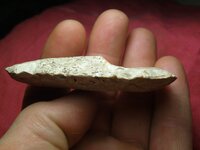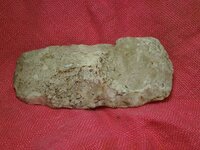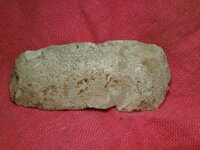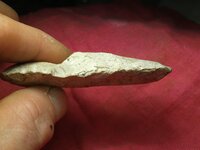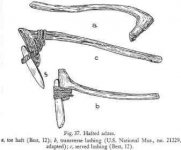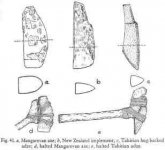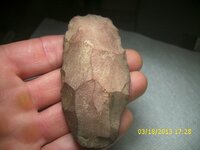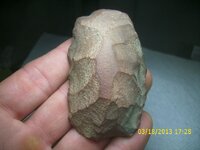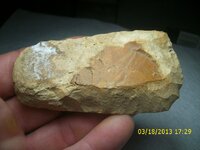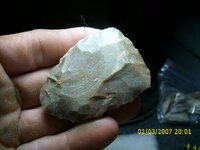catherine1
Bronze Member
- Jun 25, 2010
- 1,813
- 1,077
- Primary Interest:
- All Treasure Hunting
I found this over the weekend. And was reading a recent post about the subject. I have found quite a collection of them at my site. And I gave the Grim Reaper one a few weeks ago. Its 3 inches and worked all the way around on both sides. However this is the first one I found with a clog shoe profile. Thanks in advance.
Attachments
Upvote
0


